How can drawings help visualize a motion design project?
Last Updated on June 11, 2025
Let's sketch together
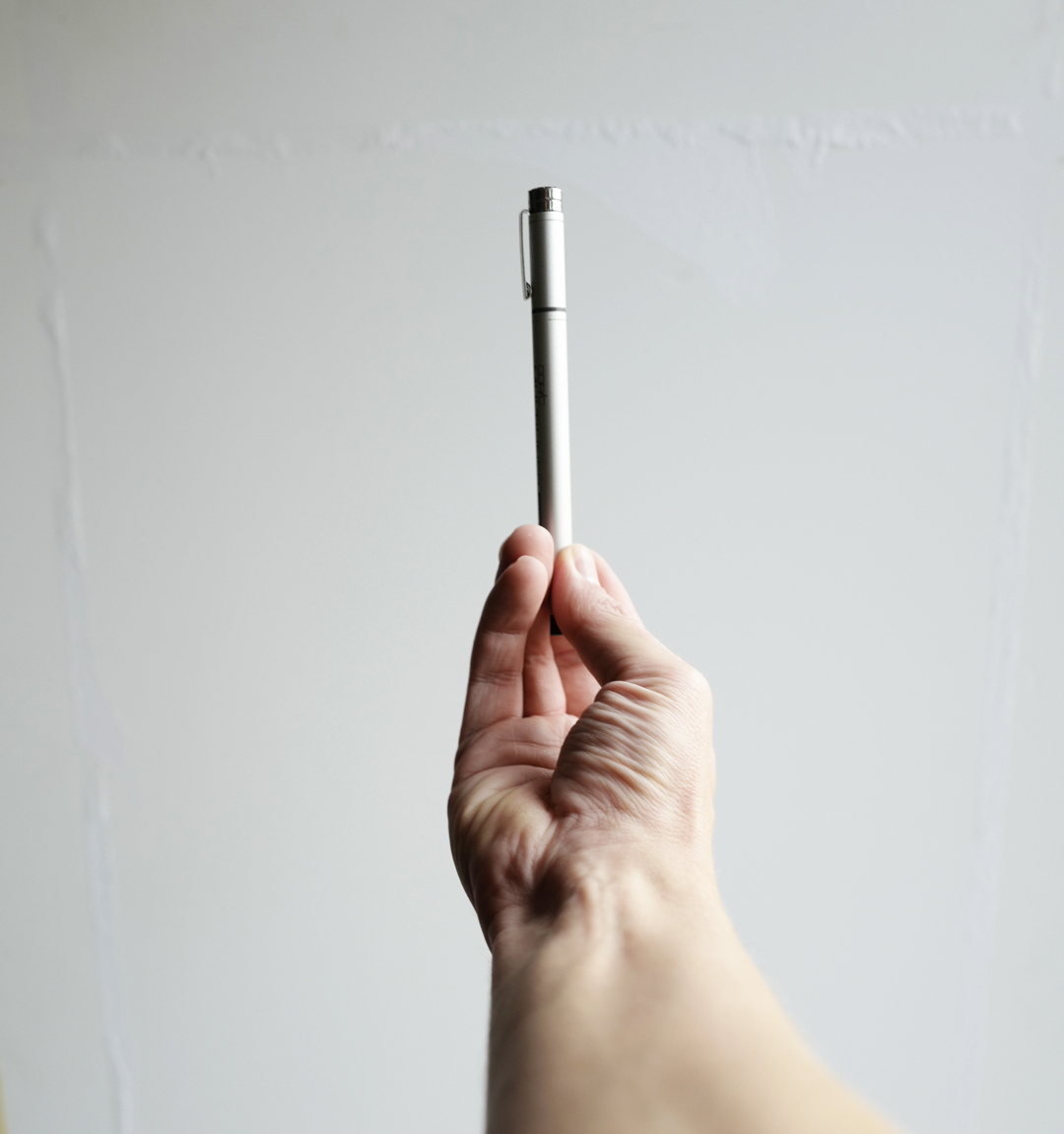
Storyboard
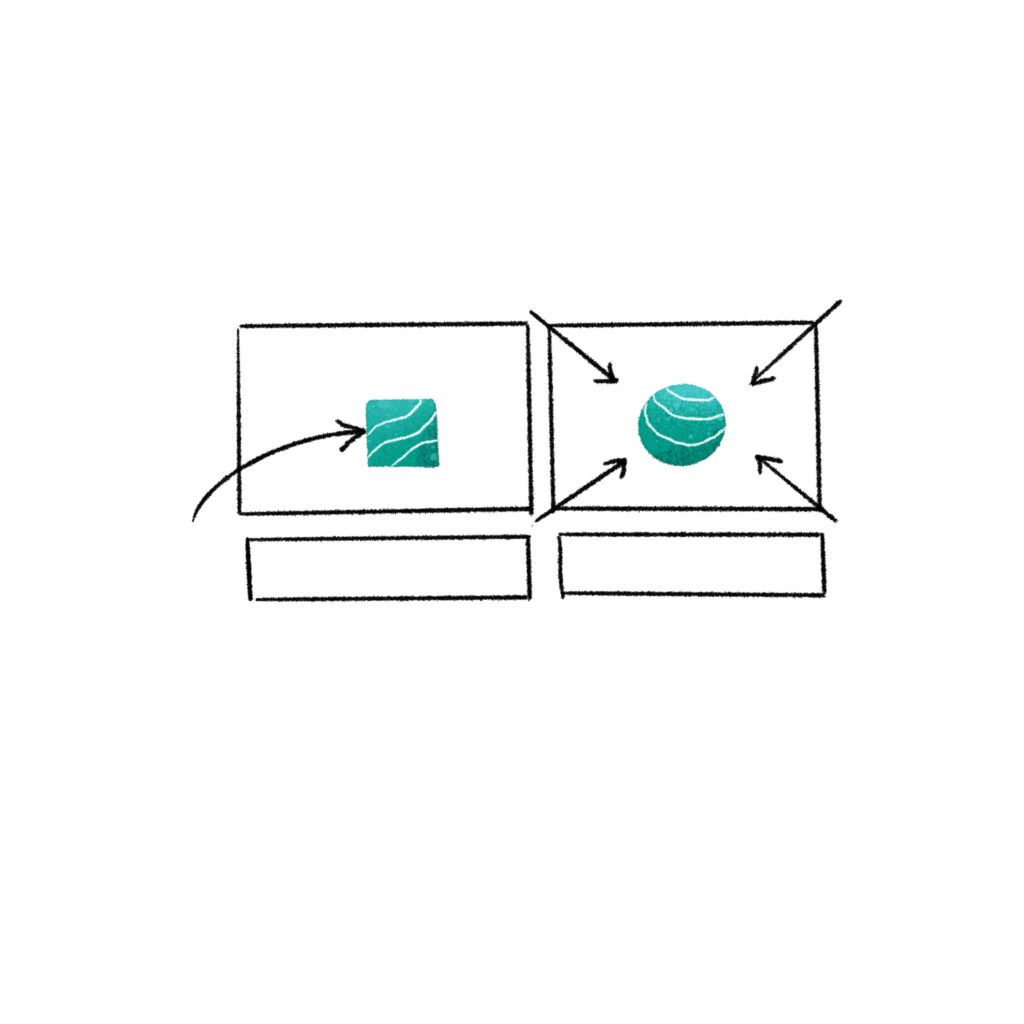

Warm up
Create a 12-frame storyboard for a title sequence
Talk for 1 minute with a classmate from another department about their motion design project. Based on their idea, design a title sequence with them as the main character and sketch it.
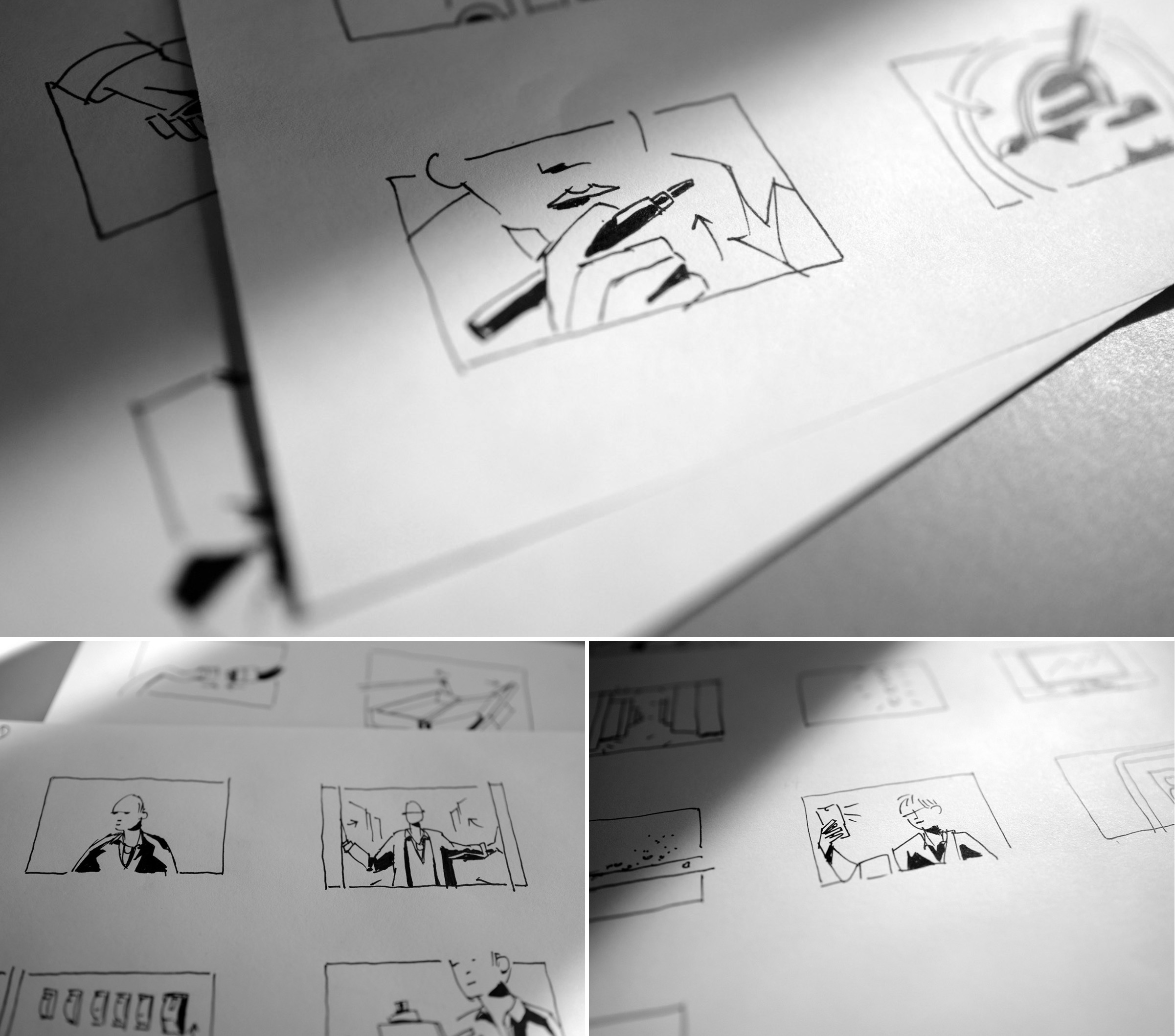



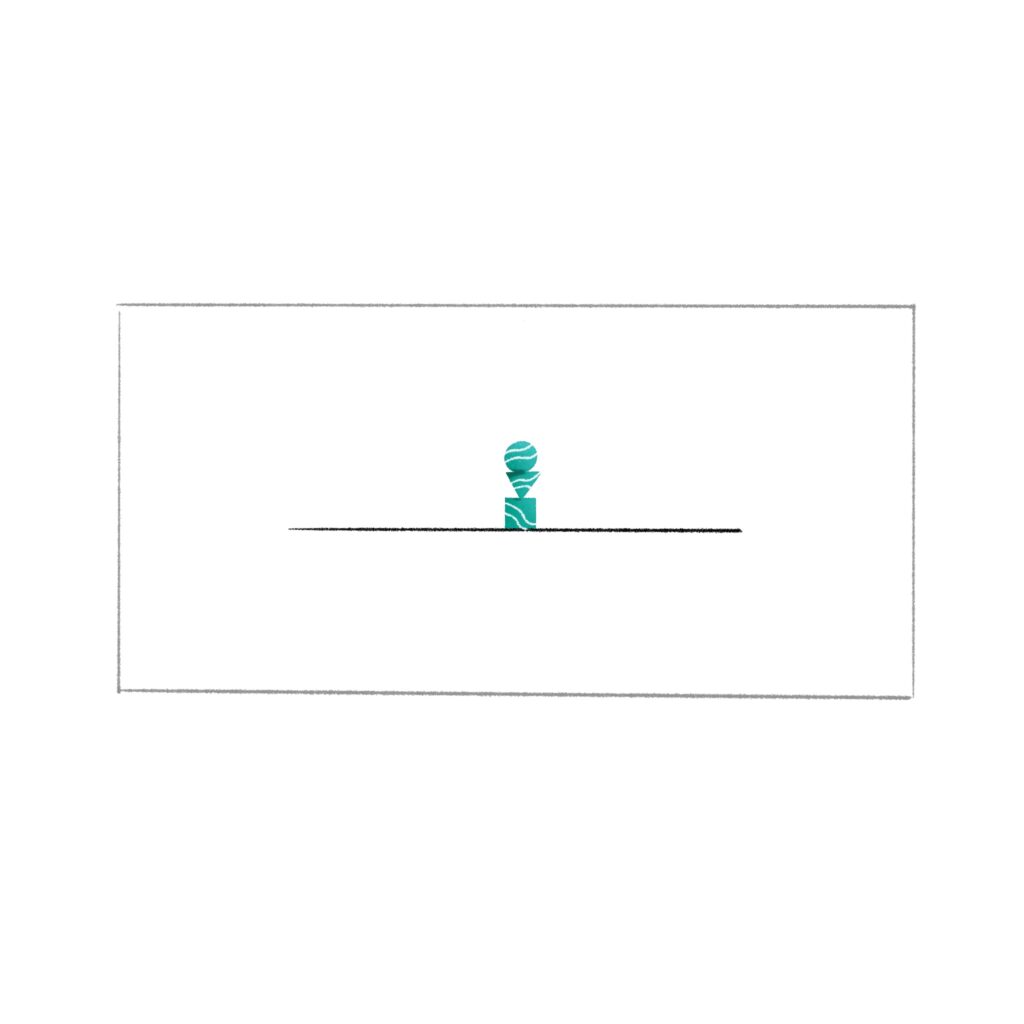
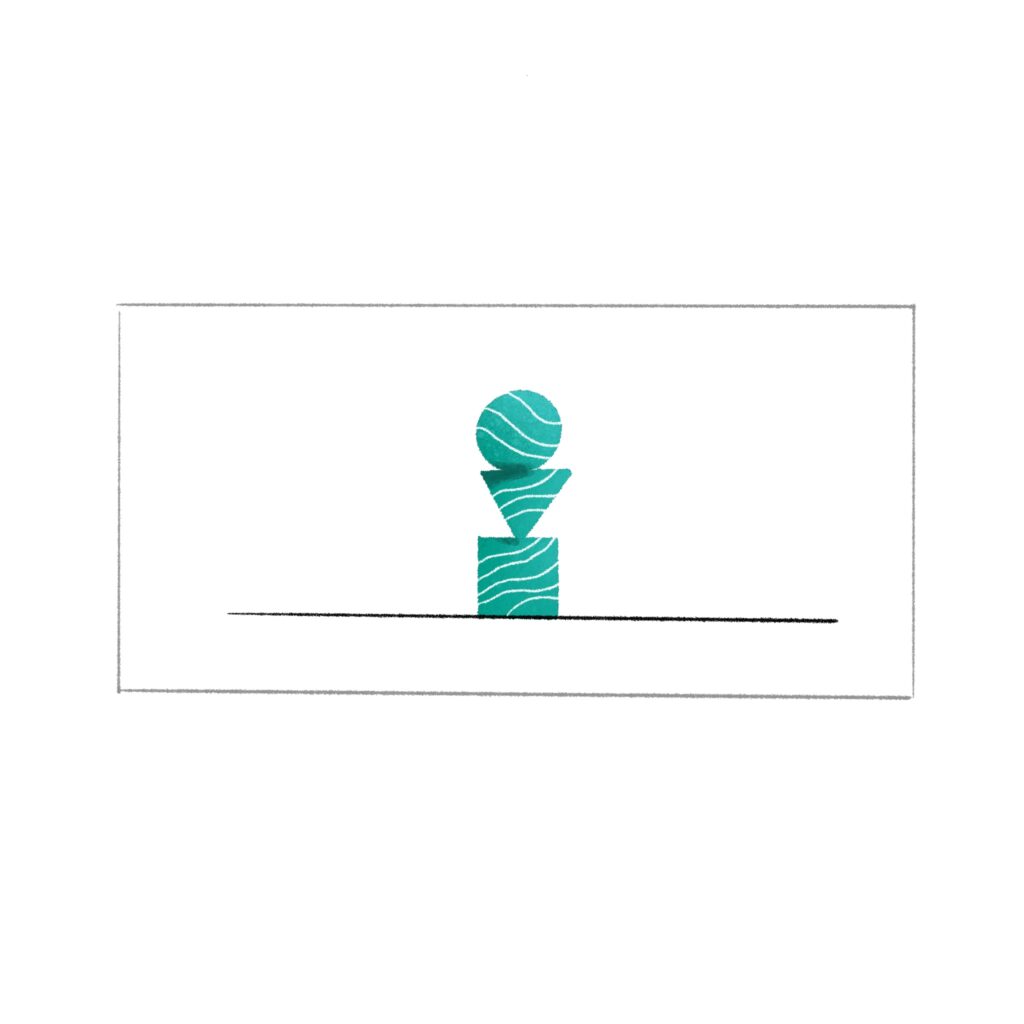
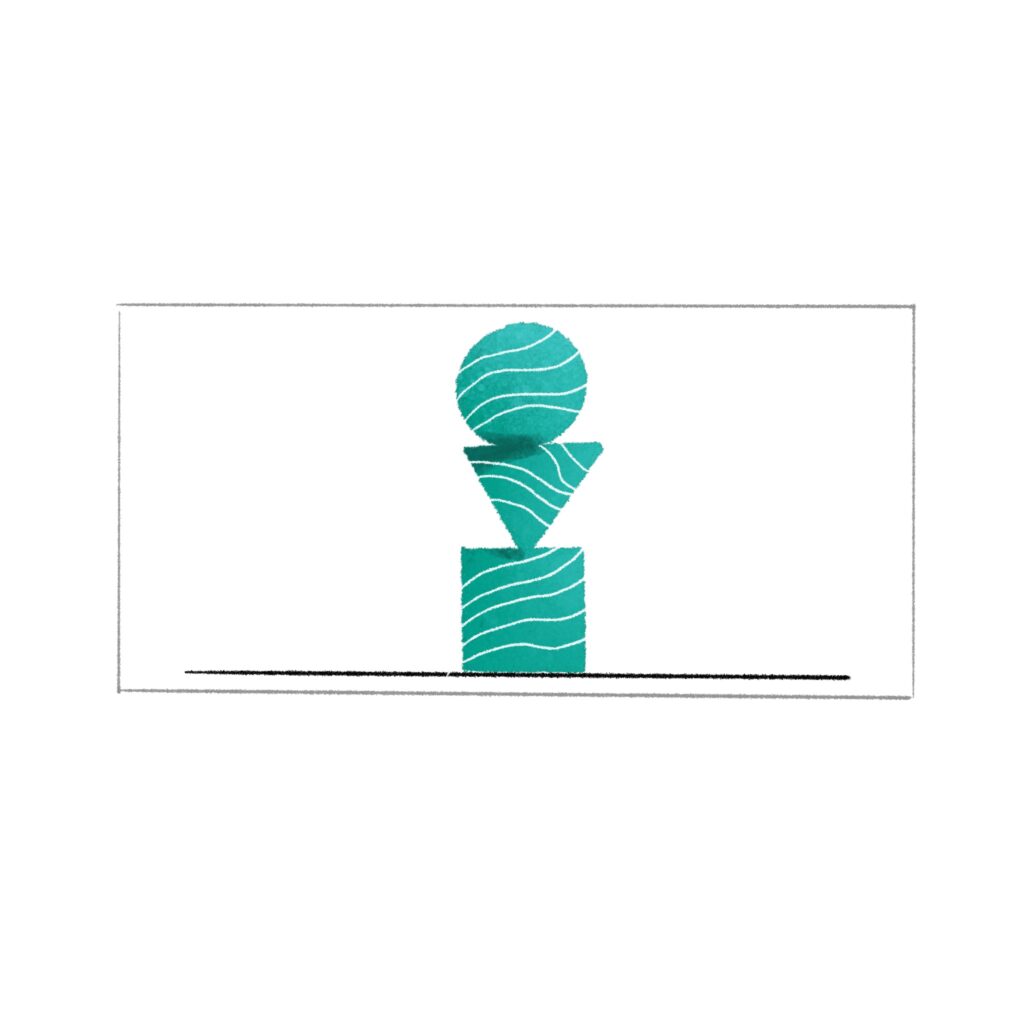

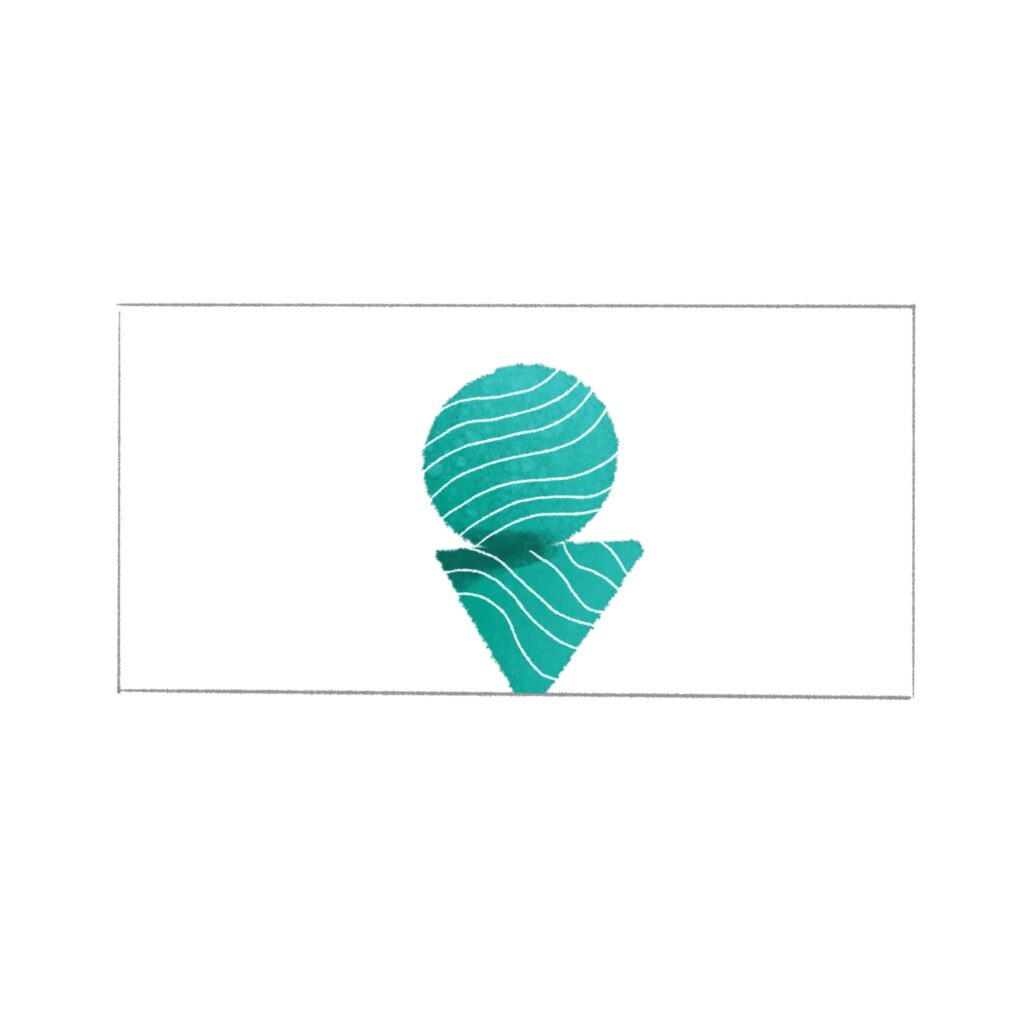
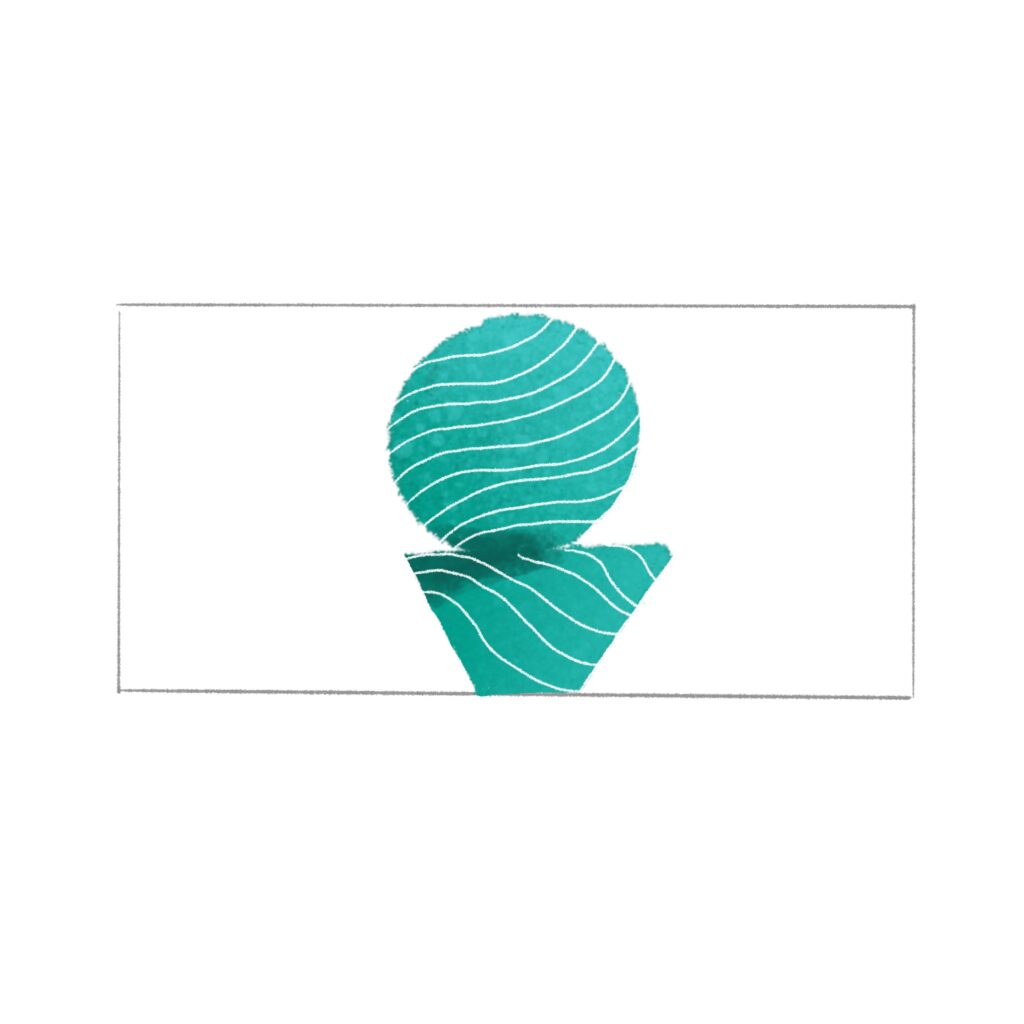
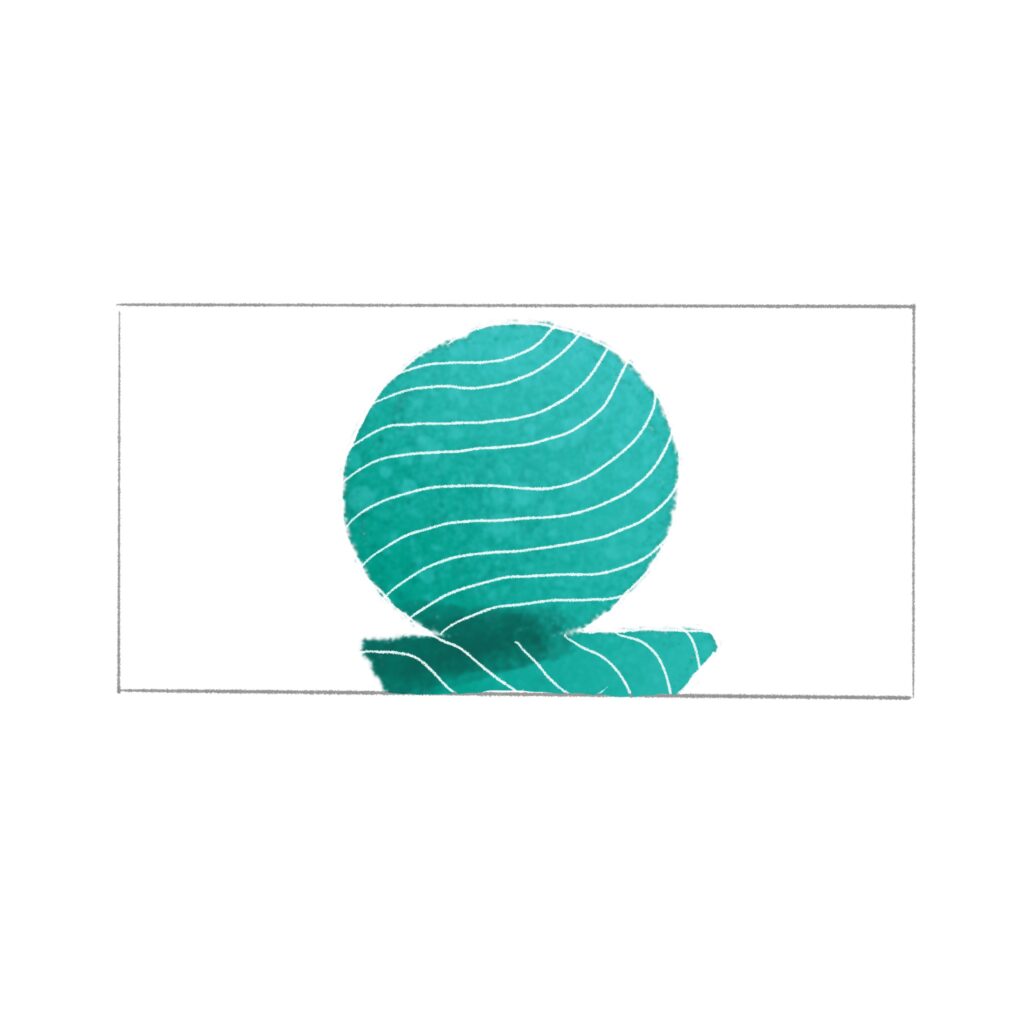
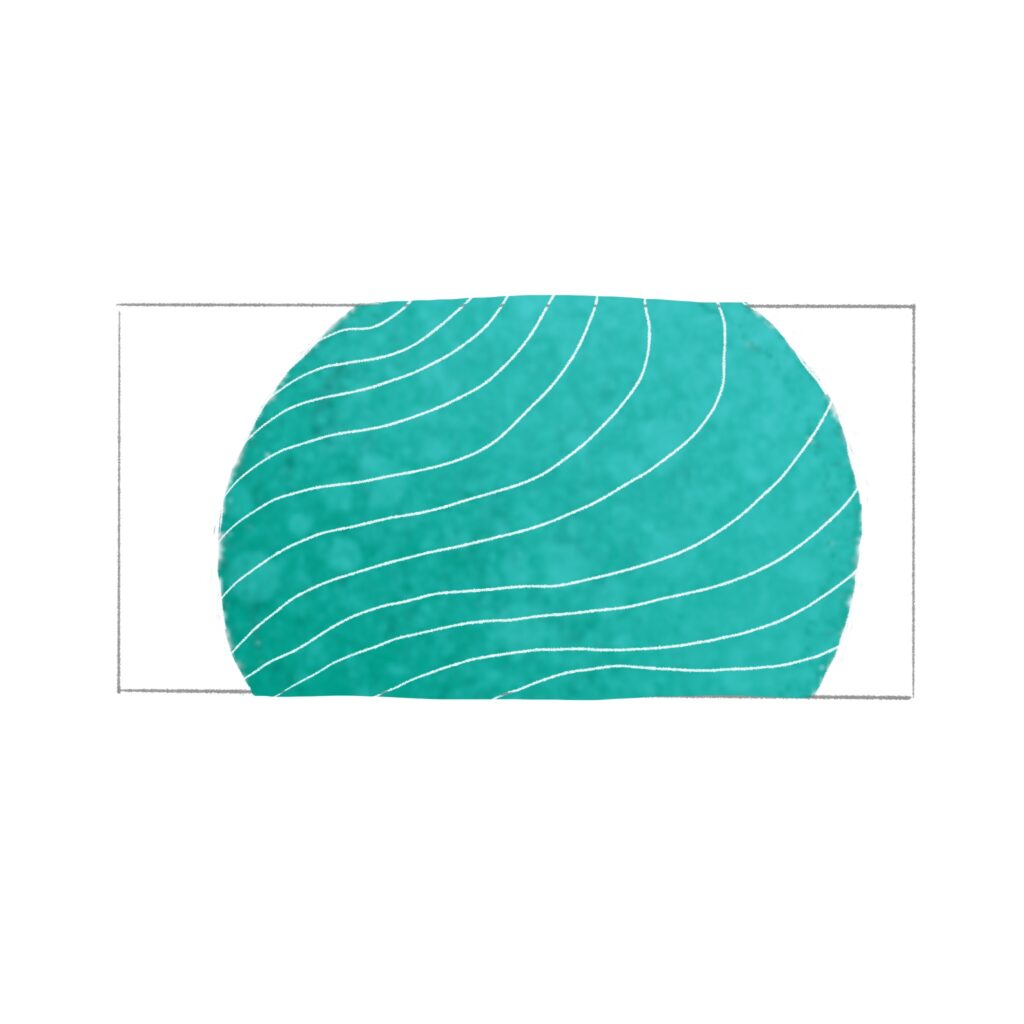

What is a storyboard used for?
A storyboard tells a story visually, like a comic, frame by frame. It helps to:
- Organize your thoughts
- Improve planning
- Share ideas
- Identify problems early
- Simplify and save resources
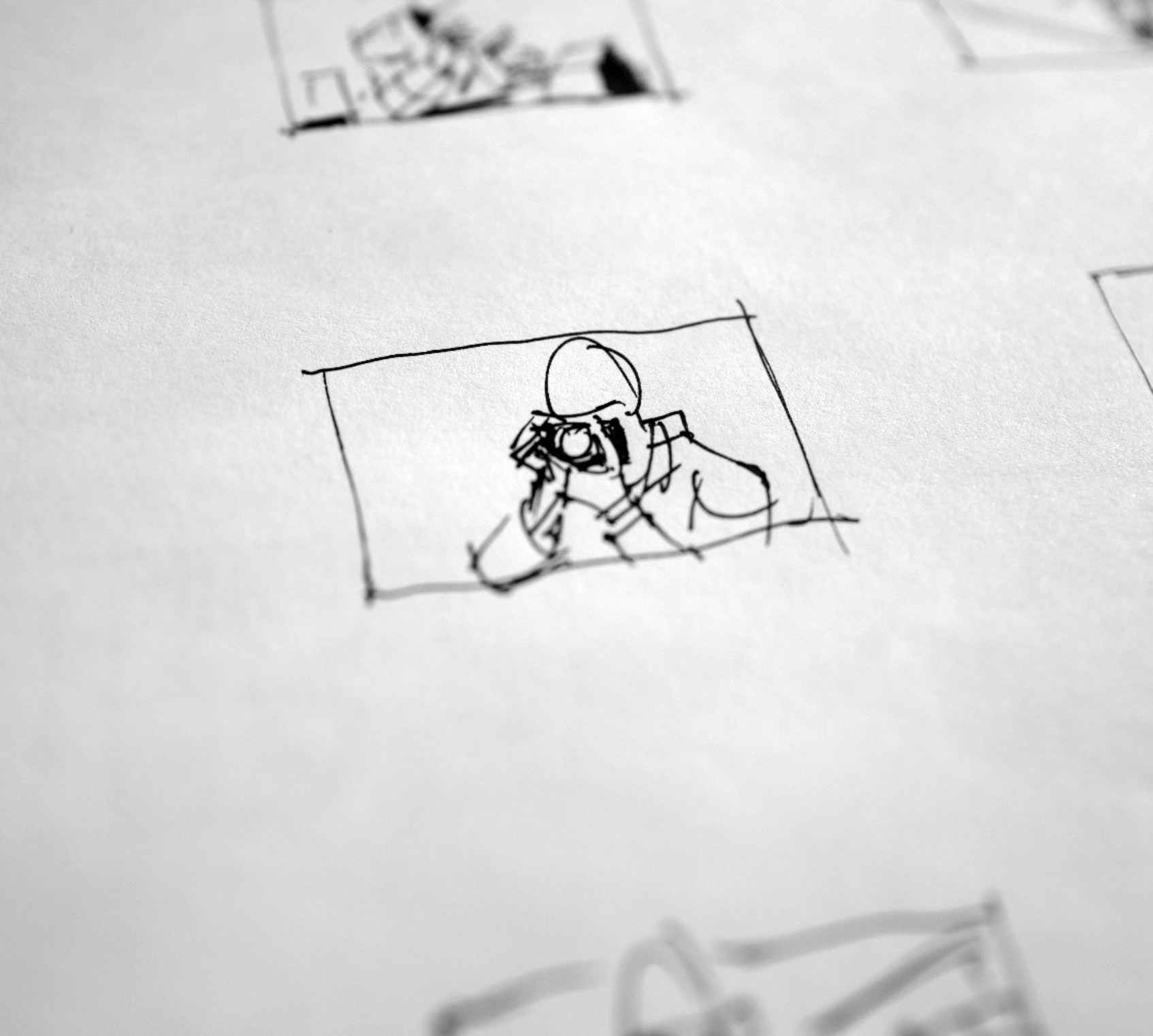
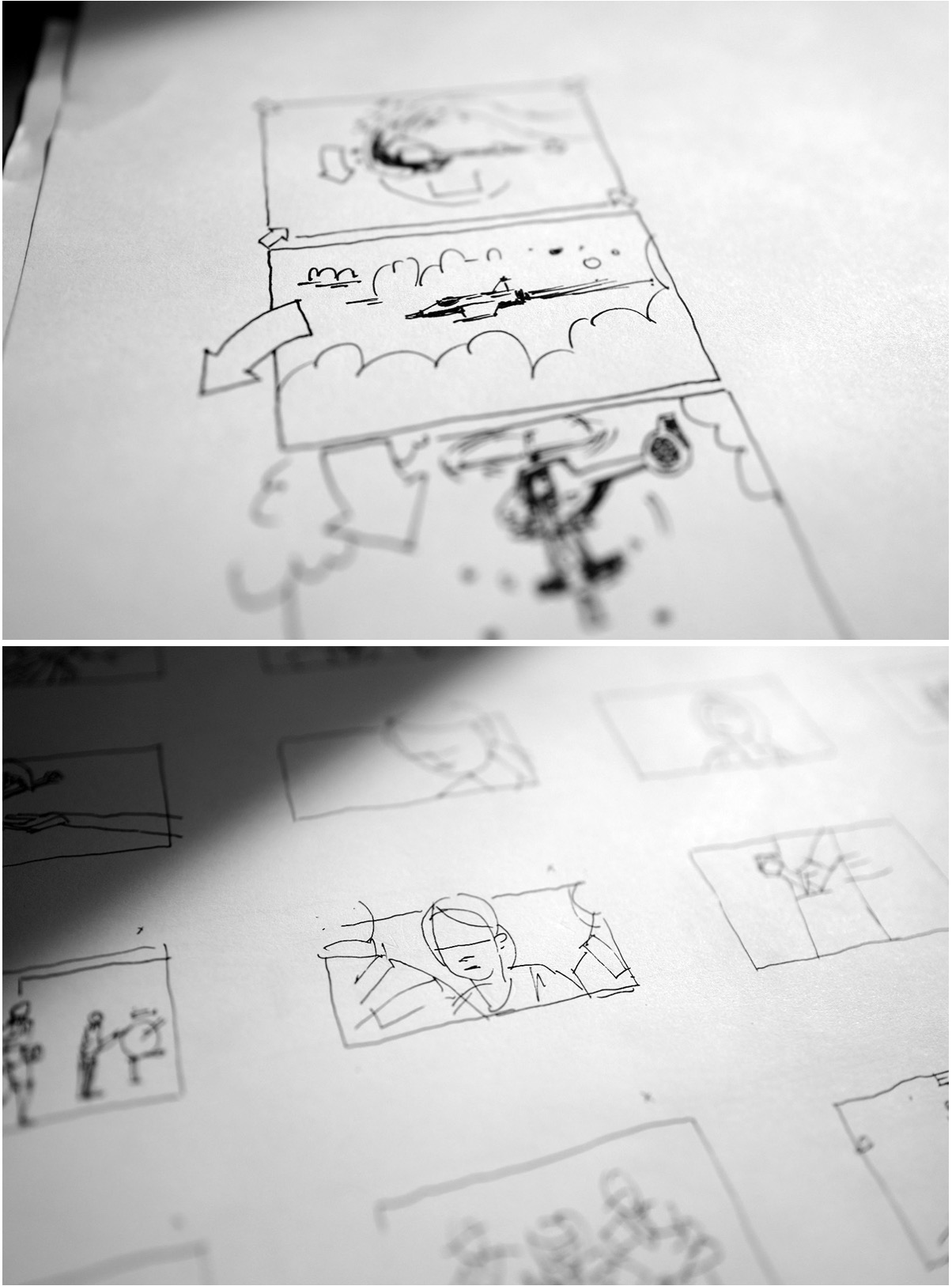
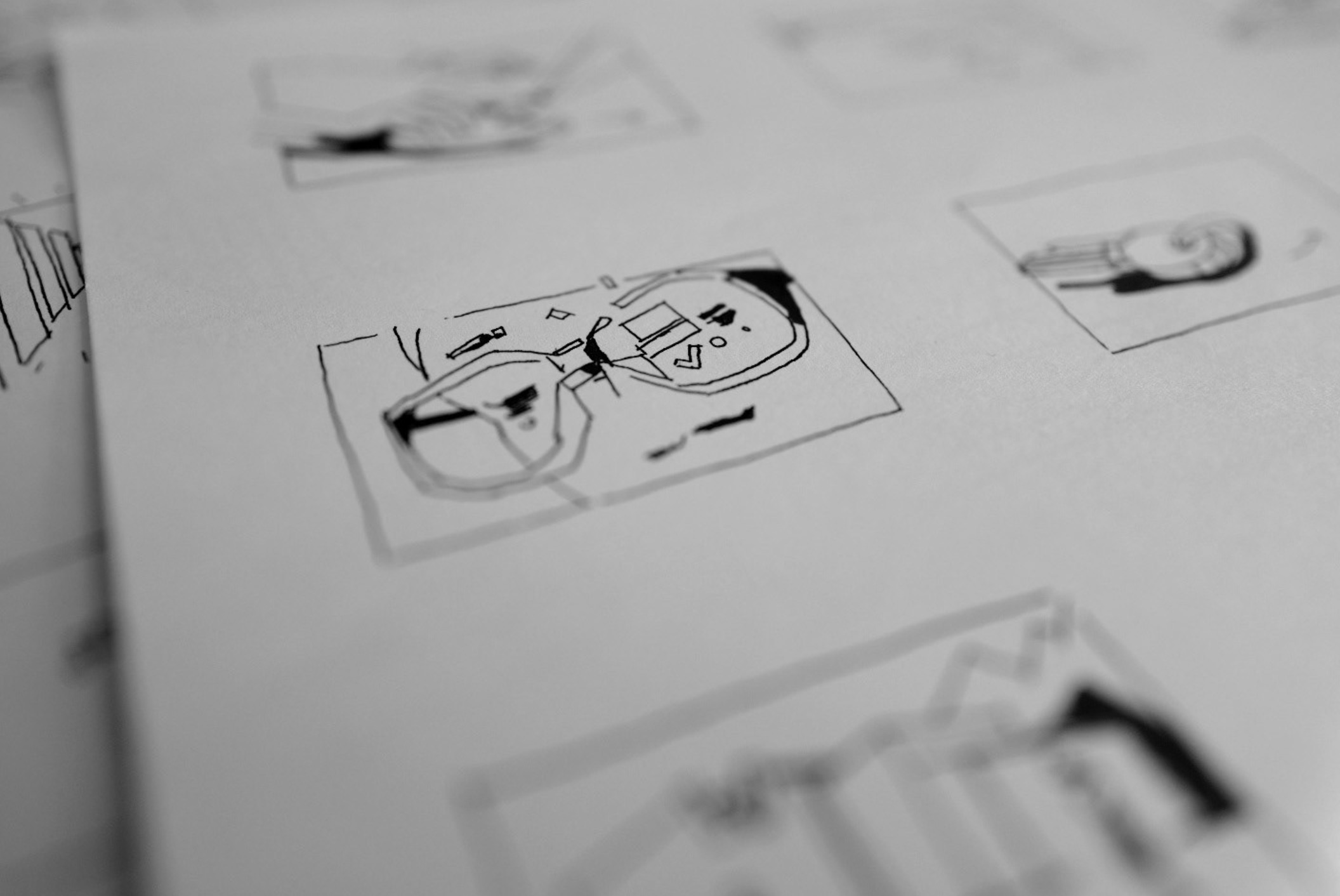
Story
Linklist
Here you can find further input on storyboarding and storytelling:
Literal Storytelling:
https://www.youtube.com/watch?v=oP3c1h8v2ZQ
Cinematic Conventions:
https://www.youtube.com/user/everyframeapainting
Design Thinking:
https://medium.com/@adamwestbrook/storytelling-design-thinking-ed914117f7c1
Method 1 | Sketch first, arrange later
Sketch your Ideas
Assignment
Sketch one image for each word on your list.
Arrange the images in a sequence, then think: what motion design could come from this? Invent transitions.
